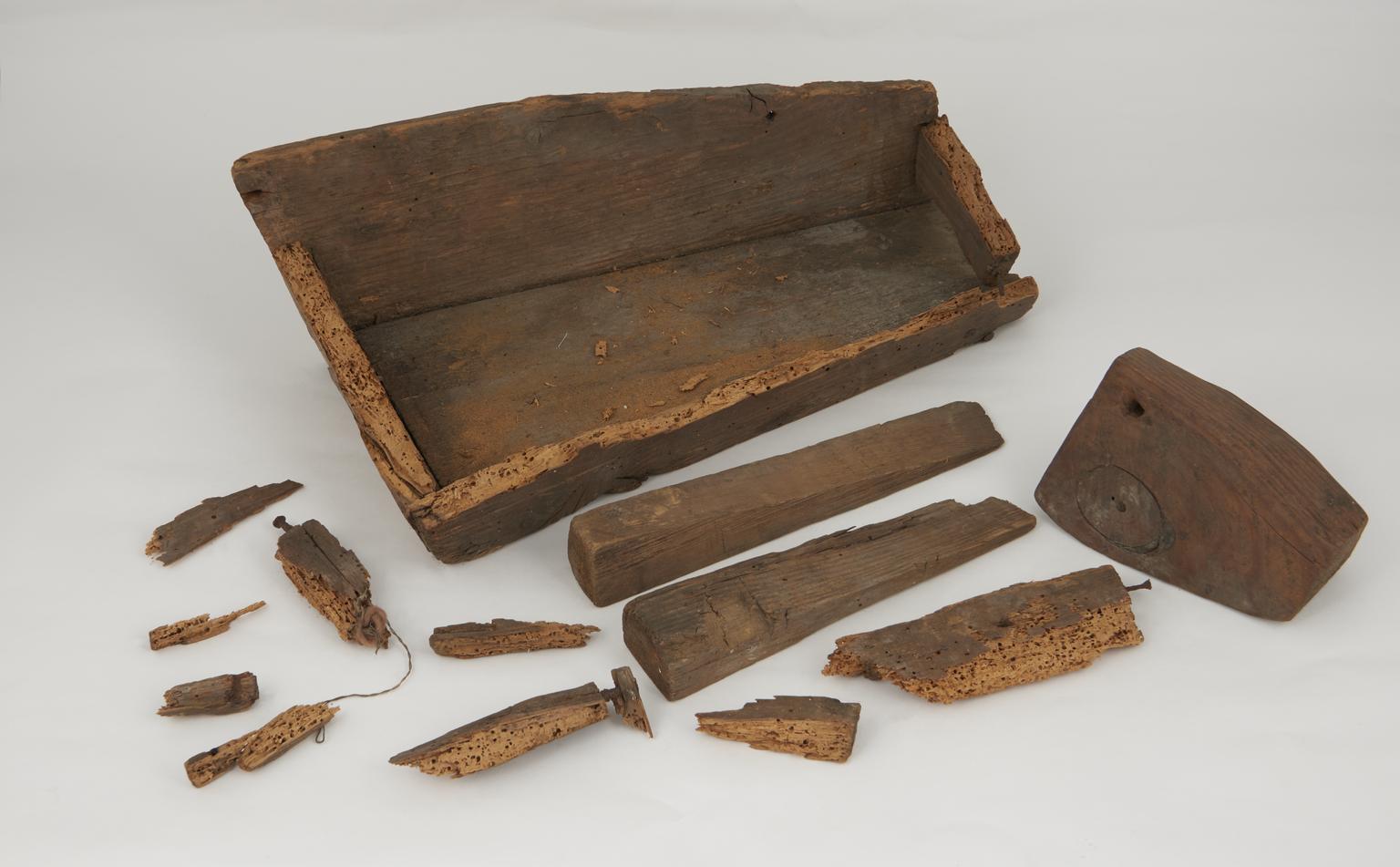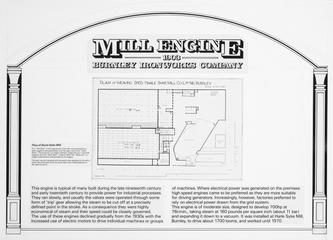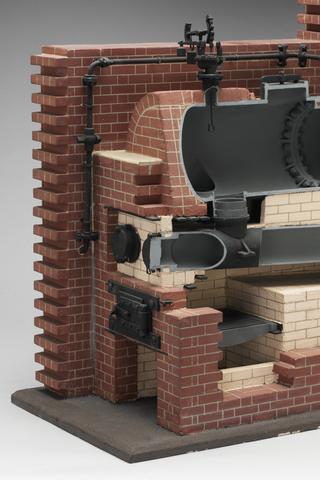2 Mill stones and 1 water wheel
2 Mill stones and 1 water wheel from Sheltand Water Mill
More
This Shetland Water Mill was built in the Shetland Islands, likely by local residents at an unknown period.
The mill was originally built within a small stone hut near a stream and would have originally been separated into an upper and lower section. The lower section is a vertical axis water turbine with straight radially inclined blades which are fed water by a trough. The turbine has a vertical shaft with is attached to the two millstones on the upper floor which are fed grain via a hopper and chute.
These water-powered grain and corn mill stones were rediscovered in the Shetland Islands and are believed to be of Norse design. They are also believed to be one of the earliest surviving examples of mills powered via a water turbine in the UK. Water powered mills represent the simplest and oldest methods of turning mills with limited labour, having been used since ancient times.
During the Viking era, various watermills were established which used the same design of vertical axis water turbine to help turn millstones without requiring human labour. Whilst no original Viking era watermills are confirmed to have survive, the residents of the Shetland Islands have continued to use the same unchanged design of watermill until the 19th century.
This design of water mill includes a turbine which has sets of radially inclined blades which turn when water is poured into them from a trough (which takes water from a stream or lake). The turbine would then turbine would then turn a vertical shaft attached to the mill stones, which are turned by the force of the turbine.
This design allowed these mills to be set up almost anywhere, provided they had access to at least a small stream of water or lake. It was not uncommon for people to block streams and form small lakes and ponds for the sake of drawing water towards watermills.
The invention and introduction of vertical watermill turbines during the Viking era was in important early step in the automation of agriculture.
- Object Number:
- 1933-90/1
- type:
- mill stone






